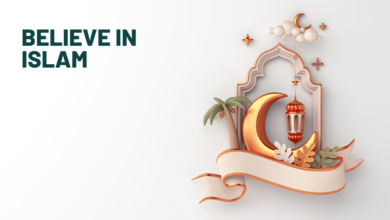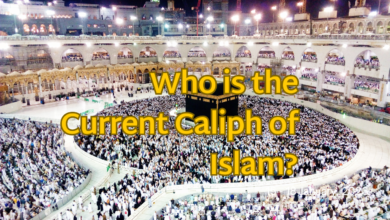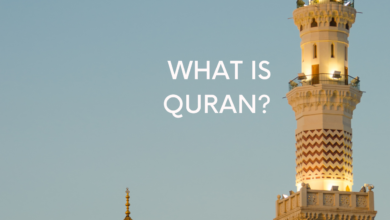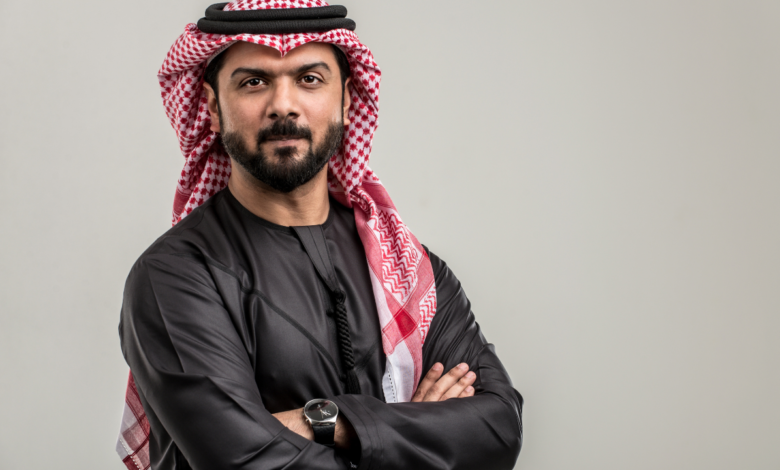
Islamic dress
Islamic dress refers to the clothing and attire that is considered modest and in accordance with Islamic principles as outlined in the Quran and Hadith (teachings of Prophet Muhammad).
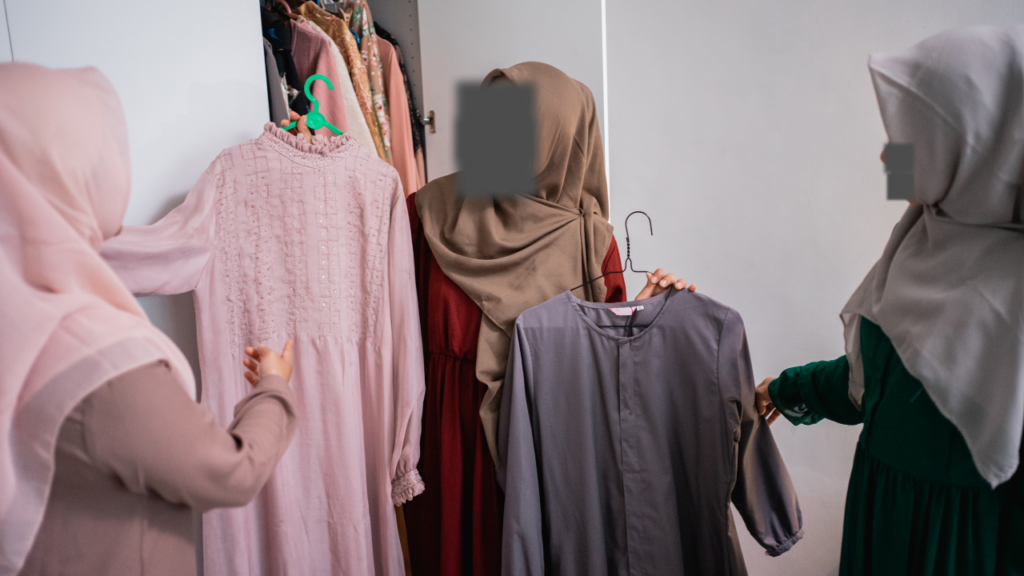
Introduction
Islamic dress, often referred to as Islamic clothing or Islamic attire, encompasses a wide range of clothing styles and practices adhered to by Muslims around the world. This form of dress is not merely a matter of fashion but is deeply rooted in religious beliefs and cultural traditions. In this article, we will explore the significance and diversity of Islamic dress, shedding light on its various forms and the underlying principles that guide Muslim men and women in their clothing choices.
The Veil: A Symbol of Modesty and Identity
One of the most recognizable aspects of Islamic dress is the veil, worn by many Muslim women. The veil, known as the hijab, niqab, or burqa, varies in style and coverage but generally serves as a symbol of modesty and submission to God. It conceals a woman’s hair and body from unrelated men, reflecting the Islamic principle of maintaining modesty in dress and behavior.
The hijab, a headscarf that covers the hair and neck, is the most common form of veiling and is worn by Muslim women worldwide. It is often accompanied by loose-fitting clothing to further conceal the body. The niqab and burqa, on the other hand, cover the face to varying degrees, with the niqab leaving the eyes visible and the burqa covering the entire face with a mesh screen. These more conservative styles are less common but are still worn by some Muslim women as a matter of personal choice and interpretation of Islamic teachings.
For many Muslim women, wearing the veil is a deeply personal and spiritual decision. It represents their commitment to their faith and their desire to adhere to the Quranic injunctions of modesty. However, it’s essential to note that wearing the veil is not universally mandated in Islam, and Muslim women have diverse interpretations of what constitutes appropriate modesty in dress.
Dress for Men: Simplicity and Modesty
Islamic dress is not limited to women; Muslim men also have guidelines for modest dressing. While there is no strict dress code for Muslim men, Islamic teachings encourage modesty and humility in clothing. The basic principles include covering the body from the navel to the knees and avoiding clothing that is tight or extravagant.
One common item of clothing for Muslim men is the thobe or dishdasha, a long, loose-fitting robe that covers the entire body. It is a practical and comfortable choice for daily wear in many Muslim-majority countries. In addition to the thobe, men may wear head coverings, such as the kufi or taqiyah, which are often worn during prayer or as a sign of religious identity.
Also Check

Cultural Diversity in Islamic Dress
Islamic dress is not monolithic; it varies significantly across regions and cultures. What is considered appropriate and modest clothing can differ greatly between, for example, the Arabian Peninsula, South Asia, Southeast Asia, Africa, and the Western world. Local customs, climate, and cultural influences all play a role in shaping Islamic dress styles.
In some regions, traditional clothing like the abaya (a long, black cloak) for women or the shalwar kameez (loose-fitting trousers and tunic) for men and women is prevalent. In others, such as Indonesia, Malaysia, or Turkey, the clothing styles are influenced by the local culture and may incorporate colorful fabrics and unique designs while still adhering to Islamic principles of modesty.
Conclusion
Islamic dress is a multifaceted aspect of Muslim identity that encompasses a wide range of styles and practices. It reflects the core values of modesty, humility, and submission to God’s will. While the veil and head coverings are the most recognizable aspects of Islamic clothing, there is immense diversity within this tradition, influenced by culture, geography, and personal interpretation.
It is important to respect and understand the choices that Muslim men and women make regarding their clothing. For many, Islamic dress is a means of expressing their faith and identity, and it should be viewed with empathy and open-mindedness. Recognizing the diversity and complexity of Islamic dress is essential in promoting tolerance and understanding among people of different backgrounds and beliefs.
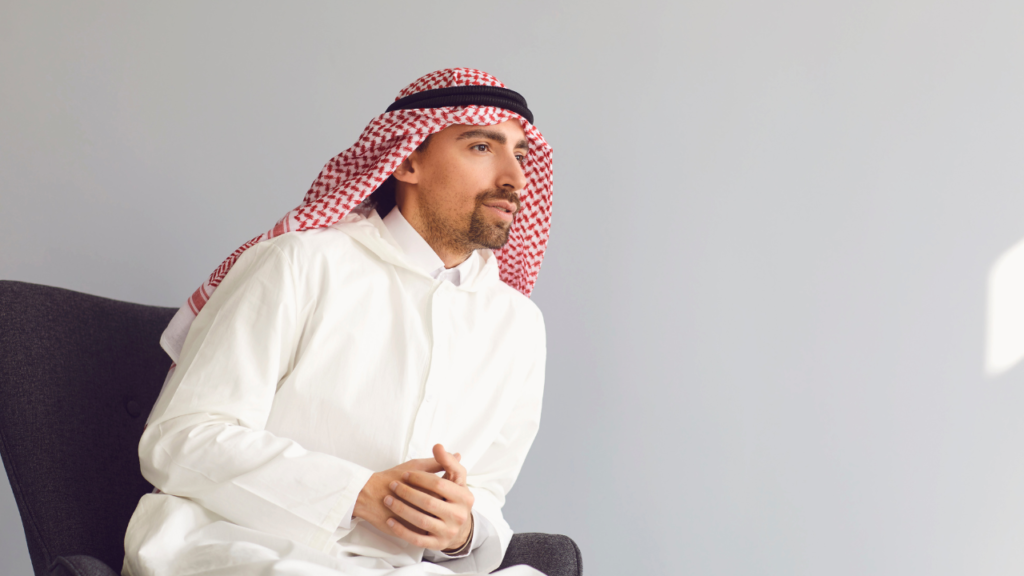
FAQs About Islamic Dress
What is Islamic dress?
Islamic dress refers to the clothing and attire that is considered modest and in accordance with Islamic principles as outlined in the Quran and Hadith (teachings of Prophet Muhammad).
What is the significance of Islamic dress?
Islamic dress is significant as it reflects the values of modesty, humility, and submission to God’s will in Islam. It is also a means of identifying oneself as a practicing Muslim.
What is the most common form of Islamic dress for women?
The most common form of Islamic dress for women is the hijab, which typically consists of a headscarf covering the hair and a loose-fitting dress or tunic covering the body.
Are Muslim men required to wear a specific type of clothing?
Muslim men are encouraged to dress modestly, but there is no specific dress code outlined in the Quran. However, many Muslim men wear long pants and avoid clothing that is tight-fitting or reveals the body.
What is a niqab?
A niqab is a veil that covers the face, leaving only the eyes visible. It is worn by some Muslim women as an additional form of modesty beyond the basic hijab.
Is the burqa the same as the niqab?
No, the burqa and niqab are different. The burqa is a full-body covering that includes a mesh screen over the eyes, while the niqab covers the face, leaving the eyes exposed.
Is wearing Islamic dress mandatory for all Muslim women?
The obligation to wear Islamic dress varies among Islamic scholars and cultural practices. In some interpretations of Islam, it is considered obligatory, while in others, it is seen as a personal choice.
Can non-Muslims wear Islamic dress?
Yes, non-Muslims can wear Islamic dress as a sign of respect when visiting Muslim-majority countries or communities. However, it’s important to be culturally sensitive and understand the significance of the attire.
Are there specific colors or styles associated with Islamic dress?
Islamic dress can vary in style and color depending on cultural and regional differences. While some may prefer traditional black or neutral tones, others may choose a variety of colors and patterns.
Can Islamic dress be fashionable and trendy?
Yes, many designers and brands have created fashionable and trendy Islamic clothing that adheres to modesty guidelines. This allows individuals to express their personal style while following Islamic principles.

